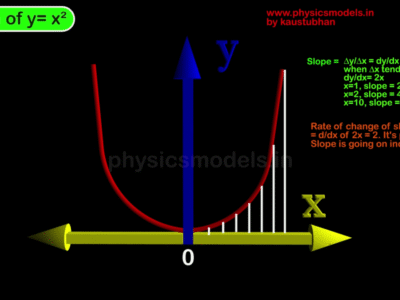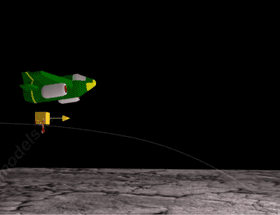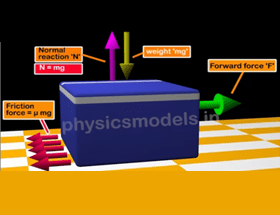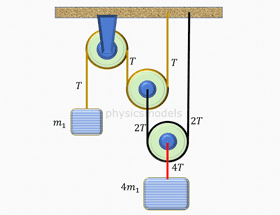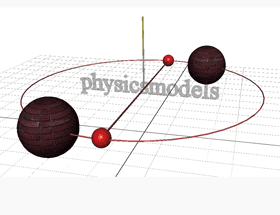
This course gives a clear explanation about the gravitational forces and its impact on the universe. Gravitation is a weak force but a ‘long-distance force”, it can act over distances of light-years. Animations and images help you to understand the earth’s orbital revolution (rotation) around the sun, and the earth’s rotation about its own axis, and other examples of gravitation.
1) Gravitational force is always a force of Attraction, never Repulsion
2) Gravitational pull or attractive force between masses, and gravitational constant.
3) Moon and its role in attracting meteors
4) Universal Law of Gravitation
5) Difference between big ‘G’ and small ‘g’
6) Gravity on Moon and other planets
7) Gravitational Potential
8) Gravitational Field
9) Kepler’s Laws of Planetary motion
10) Escape Velocity, and equation derivation
- value and effect of Latitude on escape velocity
- effect of Earth’s rotation on escape velocity
11) Black Holes in outer space
12) Gravitational Waves
Course Features
- Lectures 20
- Quiz 0
- Duration Lifetime access
- Skill level All levels
- Language English
- Students 138
- Certificate No
- Assessments Yes
- 1 Section
- 20 Lessons
- Lifetime
- Gravitation20
- 1.1Space – a place held together by Gravitation
- 1.2Escape velocity
- 1.3Black holes in outer space
- 1.4Gravitational Waves
- 1.5Gravity is always an attractive force
- 1.6Gravitational constant
- 1.7The Universal law of Gravitation
- 1.8Practical Setup to measure Gravitational Constant
- 1.9Difference between “Big G” and “small g”
- 1.10Gravity ‘g’ on moon and other planets
- 1.11Gravity on Mars
- 1.12Force of Attraction- Moon-to-Earth : Gravitation is a “Long Distance attractive force”
- 1.13TIDES
- 1.14Gravitational potential Energy versus Gravitational Potential
- 1.15Derivation of Gravitational Potential
- 1.16Gravitational field
- 1.17Kepler’s Laws of Planetary Motion
- 1.18Gravitation – Solved problem-1
- 1.19Gravitation – Solved problem-2
- 1.20Gravitation – Solved problem-3


